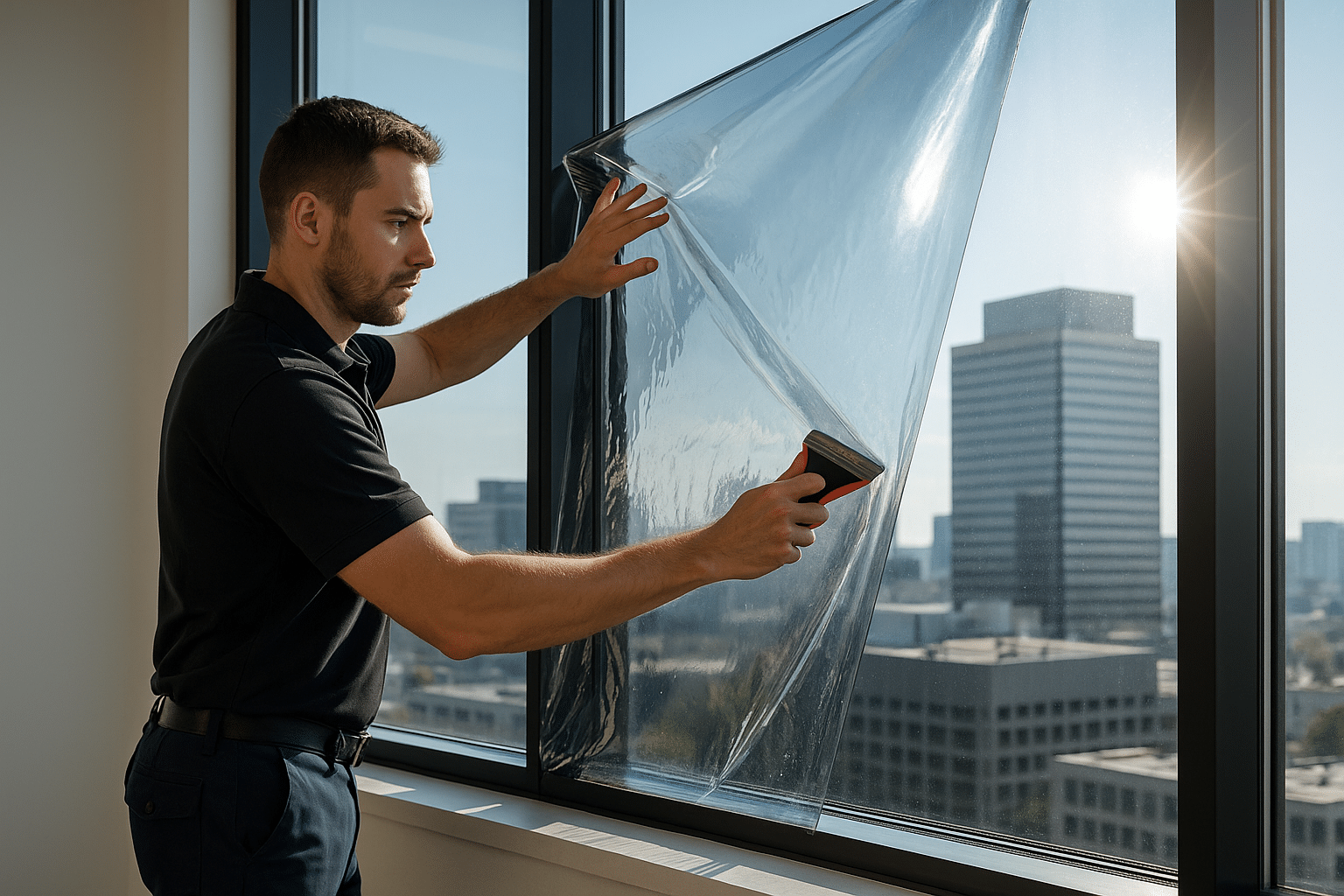Design Legend Pete Brock on Bringing His C2 Corvette Vision Back as an EV
There are many firms currently engaged in swapping out the engine and transmission of a classic car and replacing them with electric parts. You can get everything from an original Mini to a Datsun 240Z to a Rolls-Royce Phantom with electric power if you have the ready cash. Jaguar and Aston Martin are even offering factory-original electric swaps for classic E-Types and DB6s. What AVA is trying to do now, though, is different. And a lot harder. Crowley wants to make bespoke, boutique cars that hark back, in their designs, to classic originals, but which are all-new and all-electric, under the skin.
“We don’t want to be Tesla,” Crowley insists. “We want to build the world’s most beautiful classics. Our business plan calls for us to make 300 cars a year by 2024. But then the plan for 2025 is to build 300 cars again, not 700, not a thousand cars, nothing like that. It isn’t about making volume, it’s about making cars.”
The final design is still under wraps, but we have a few details to go along with a single shadowy teaser. The “hyperclassic” revival of the Sting Ray should have in the region of 2,000 horsepower from a twin-motor setup, and four-wheel drive. Two-thousand horses from twin electric motors isn’t all that hard to do, at least in terms of finding enough power from electric motors, but Crowley is also promising active aerodynamics—where the vestigial chrome bumpers at the rear actually slide up the bodywork to join with the kicked-up trunk lid to form one massive rear wing for high-speed stability—and a 130-kWh battery for a decent touring range. Price? At least $2 million each, with only a handful to be built.
“What we’re learning is that climate change and beautiful half-a-million-dollar vehicles are intrinsically linked,” says Crowley. “When you see these things at a huge classic car event like Salon Privé, people will sit in the car and think. They’ll be forced to think, in a way. Not just about how much does it cost or how fast does it go. If they sit in one of our cars, they’ll think about what really makes it great. They’ll have to think, ‘Hang on, I can have something fun, and something beautiful, but it can actually save the world as well?’ And if they think that, then we’ll have won.”
The Big Bet
Crowley will have to overcome skepticism—not merely of those who think that electric conversion is tantamount to butchery, but also of his claims in general. He doesn’t want to be Ireland’s Elon, but he has picked up Musk’s habit of over-promising. In our interview, he mentioned that the special edition electric Defenders, at that point being built downstairs in the stable yard of Powerscourt, would have 200-kWh batteries, 300-odd-mile ranges, and in-hub motors for searing performance. As shown at Salon Privé, those Defenders had rather less thrilling performance and much shorter ranges. AVA, and Crowley, will have to learn that promises need to be kept, even in the Silicon Valley-tinged, live-beta-testing world of EVs.
Bringing Brock on board will help with AVA being taken seriously, of course, as will hiring Ian Callum to help productionize Brock’s designs. While AVA is a relative unknown, Brock is confident in the project. “We’re working with new technology, with guys who’ve built Formula One cars, with lightweight components,” he says. “We’re going to have far, far more performance than was available on the original car. Norman has collected together an amazing bunch of people, and we’re going to come up with a car that is going to be spectacular, not just on the outside—which is my job, of course—but it’s going to be as exciting from the chassis outward.”
If the Corvette-based car works, then the next project will be an electrified version of Brock’s other great design, the Cobra Daytona Coupe. That kammbacked shape has previously been recreated for road use, and so Brock and Crowley could be accused of returning to a much-tapped source for their cars.
Brock sees reviving the classics as an advantage, though. “I saw this at Salon Privé—20-something new cars were introduced, but they’re all mid-engined coupes. The average person looking at these can’t tell them apart because they all look so similar,” he says. “But we’re coming in with classic designs that are world-renowned, and we’re going to be coming back with refined versions of those designs. I think that gives us a massive advantage.”
Got a tip? Send us a note: [email protected].



.jpg)

